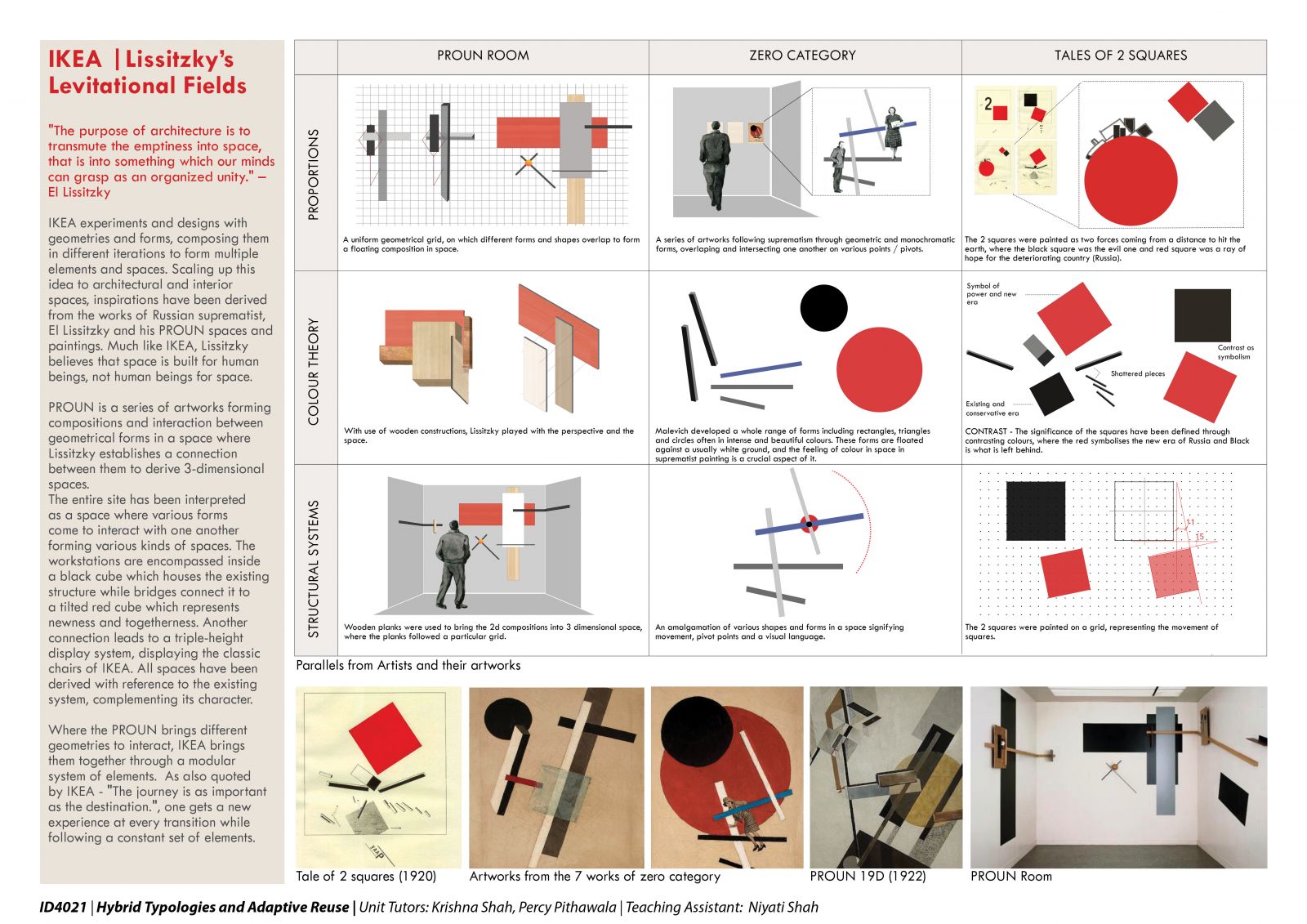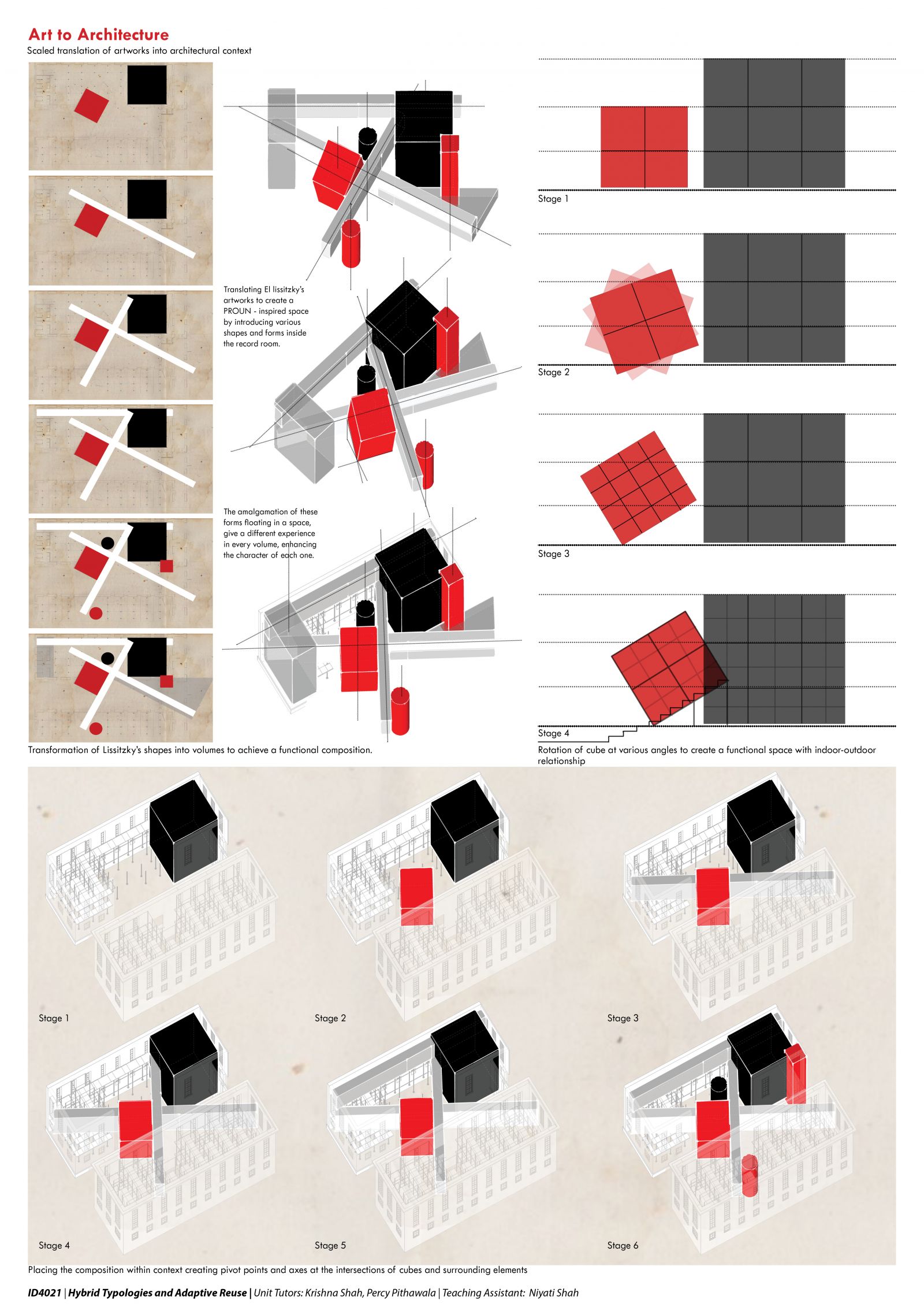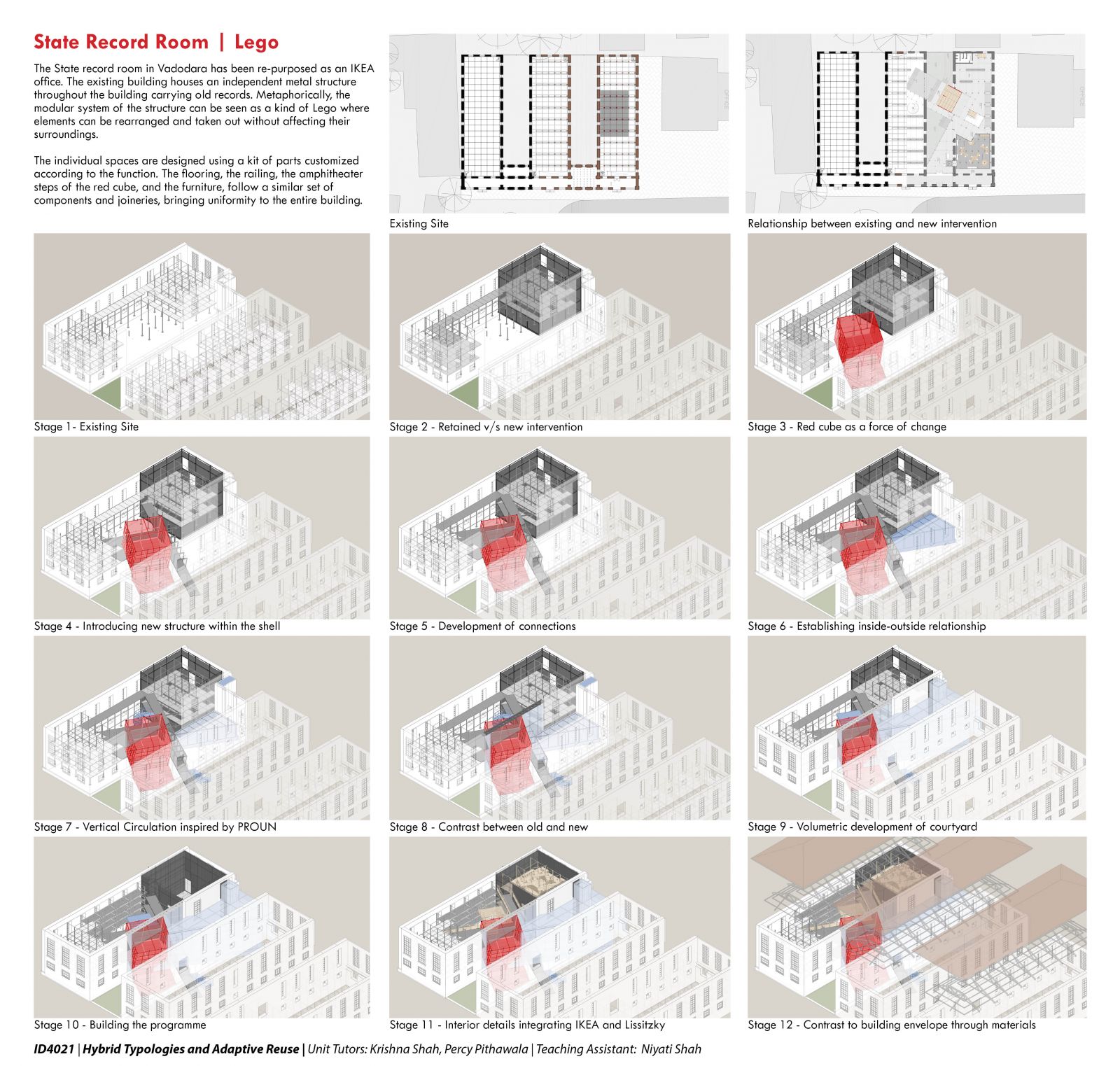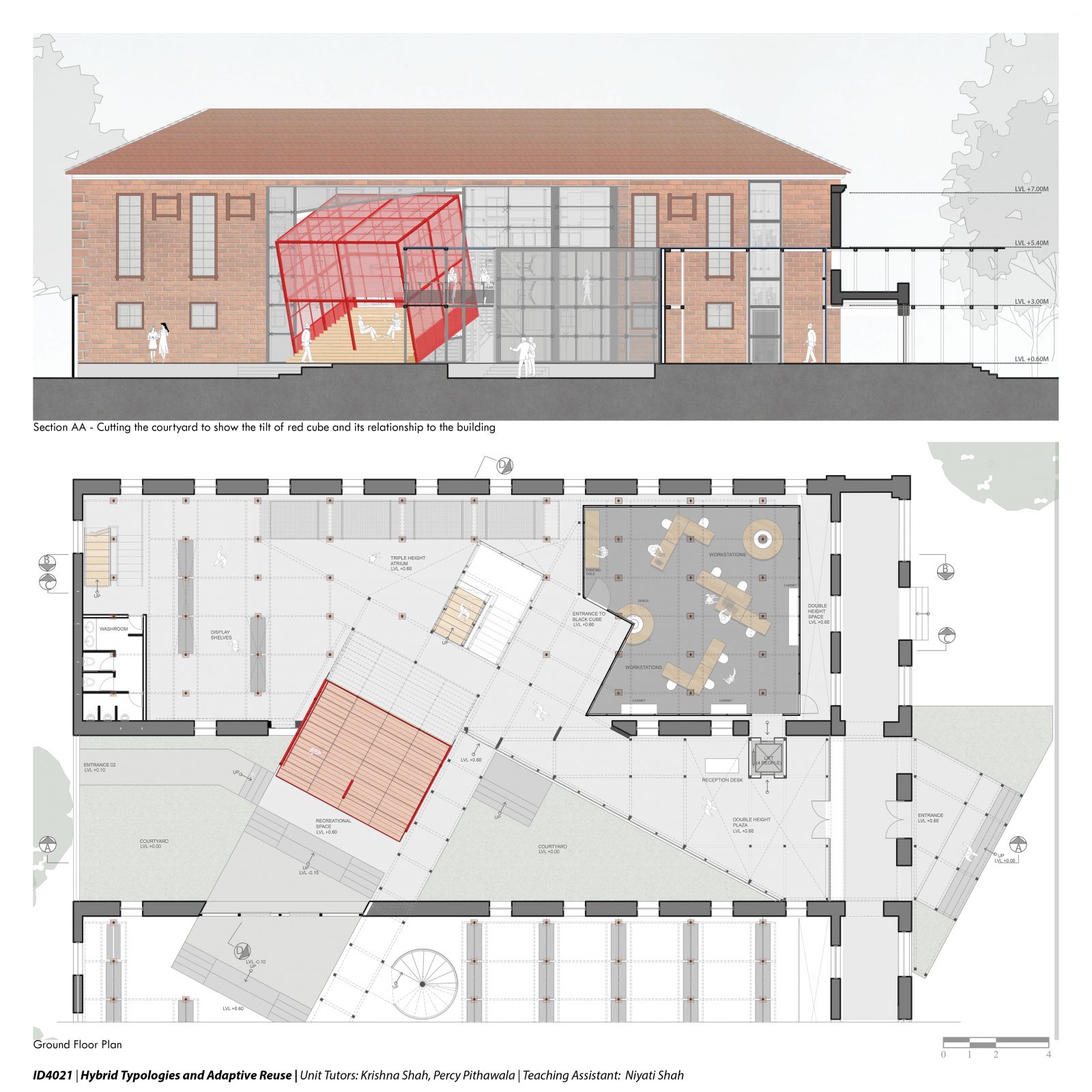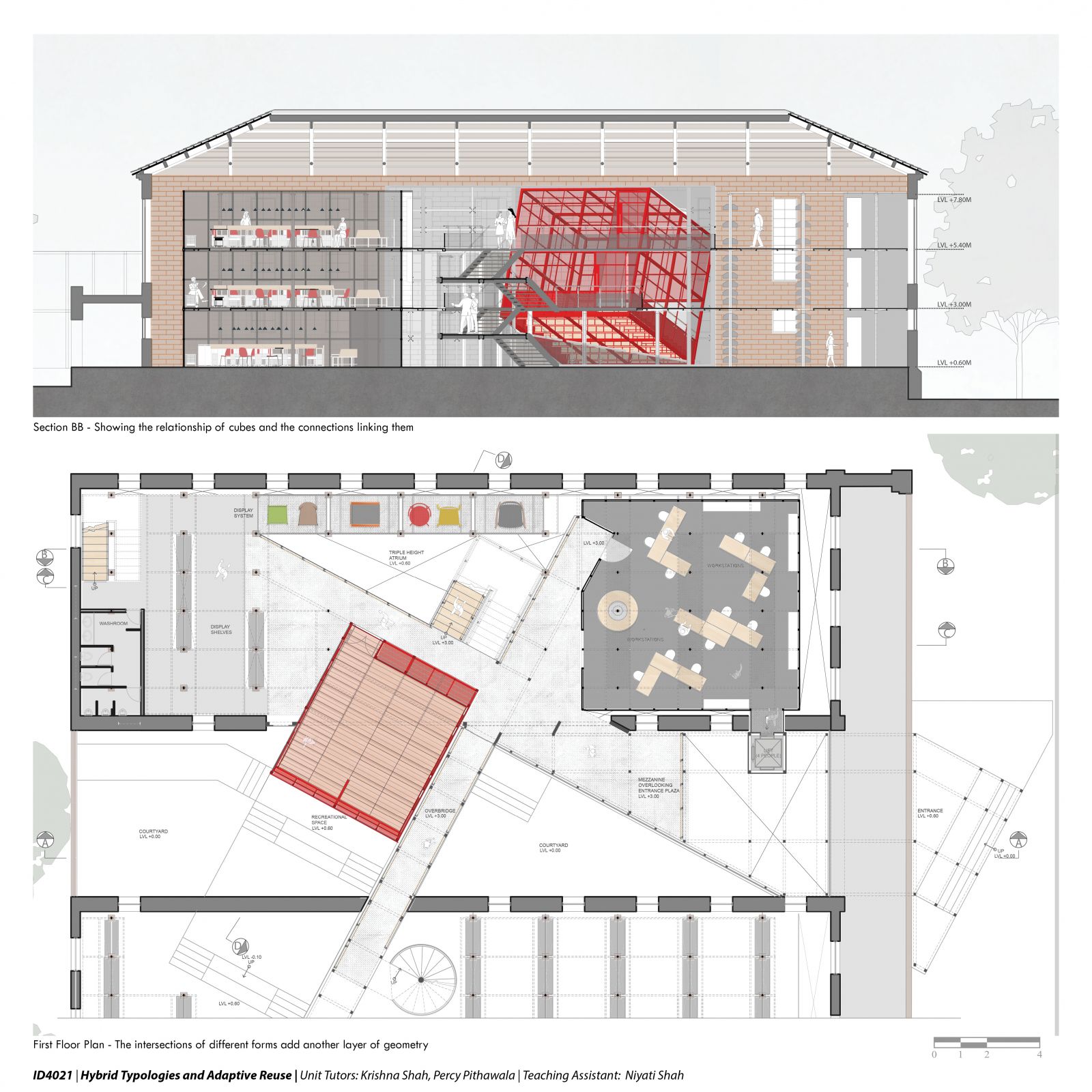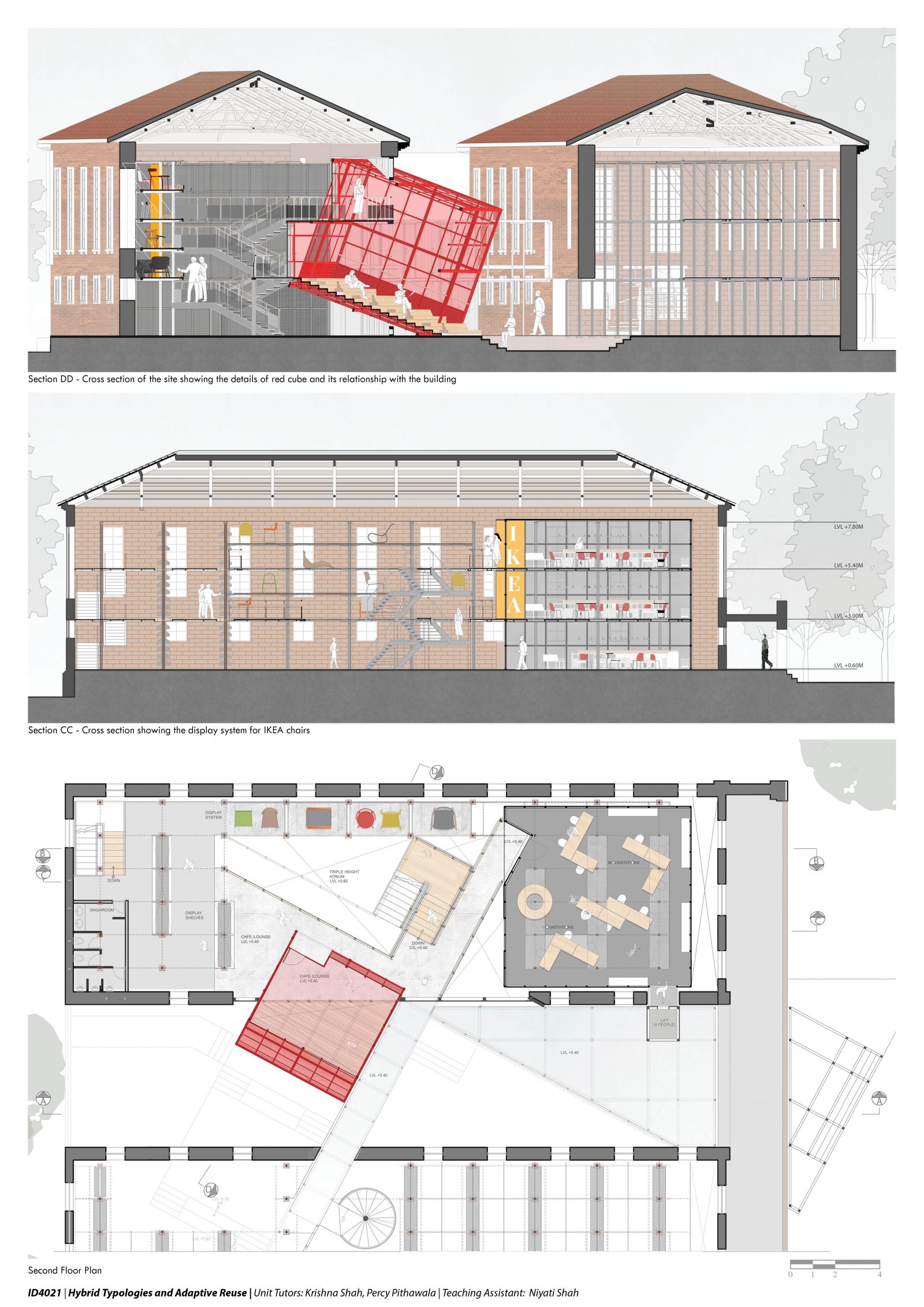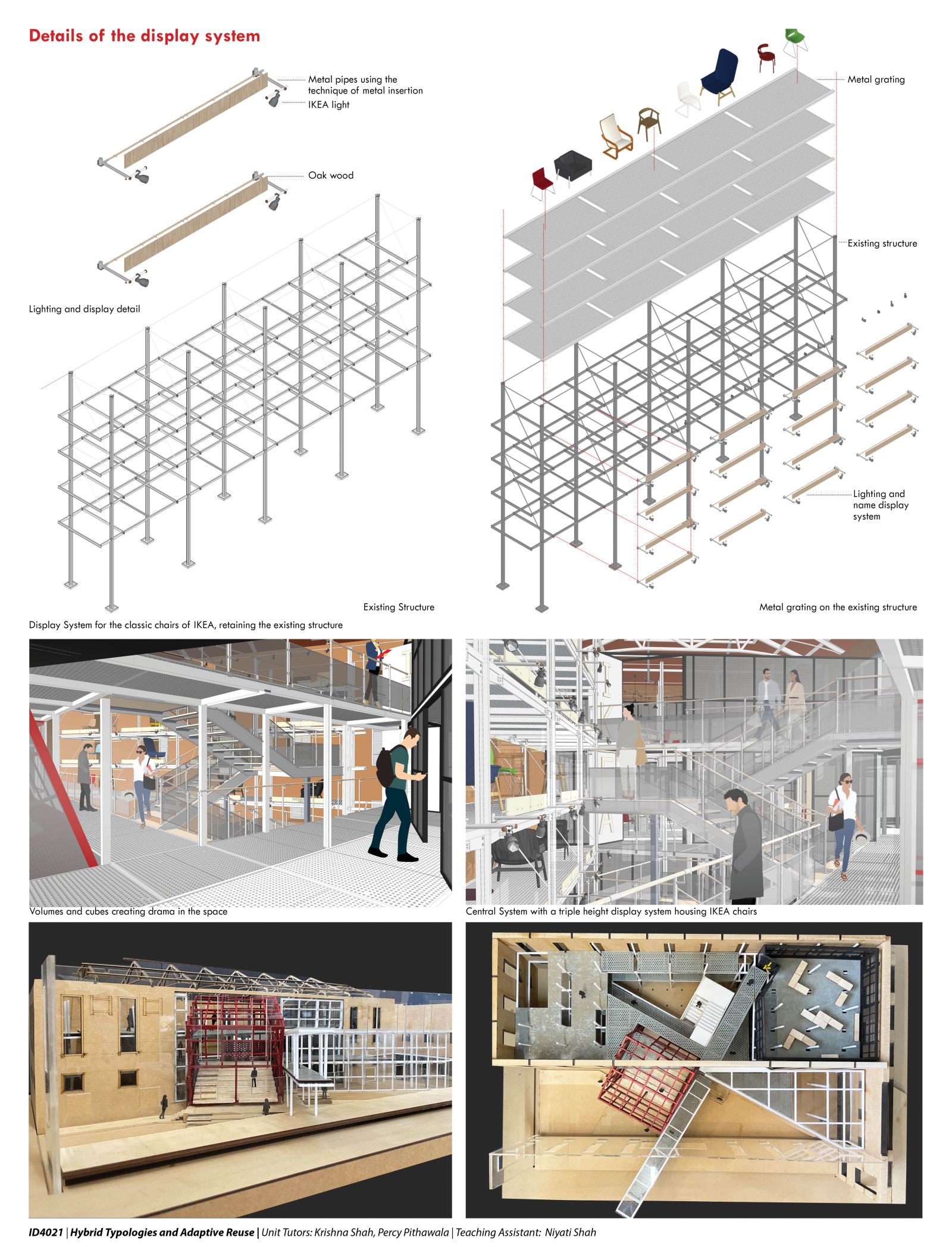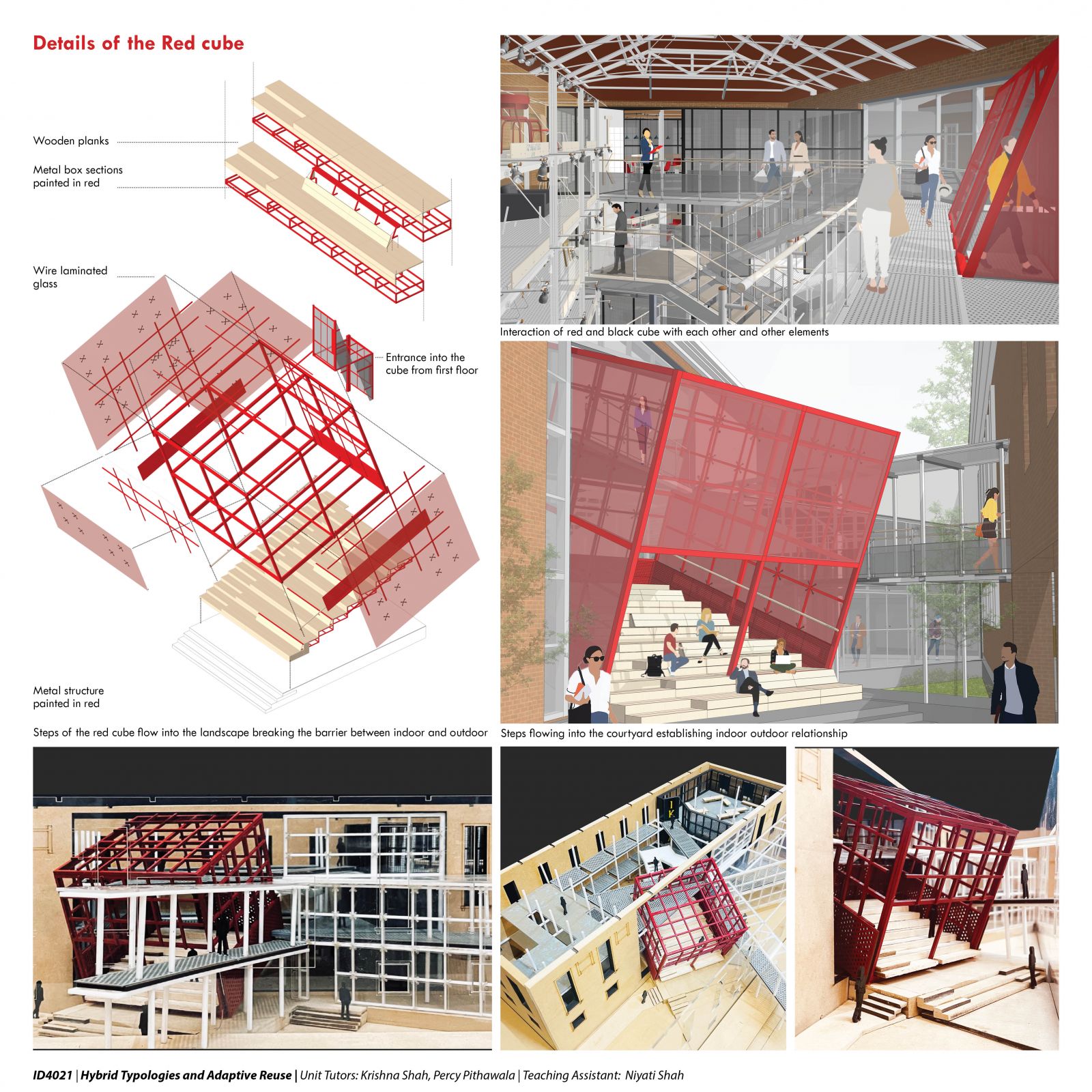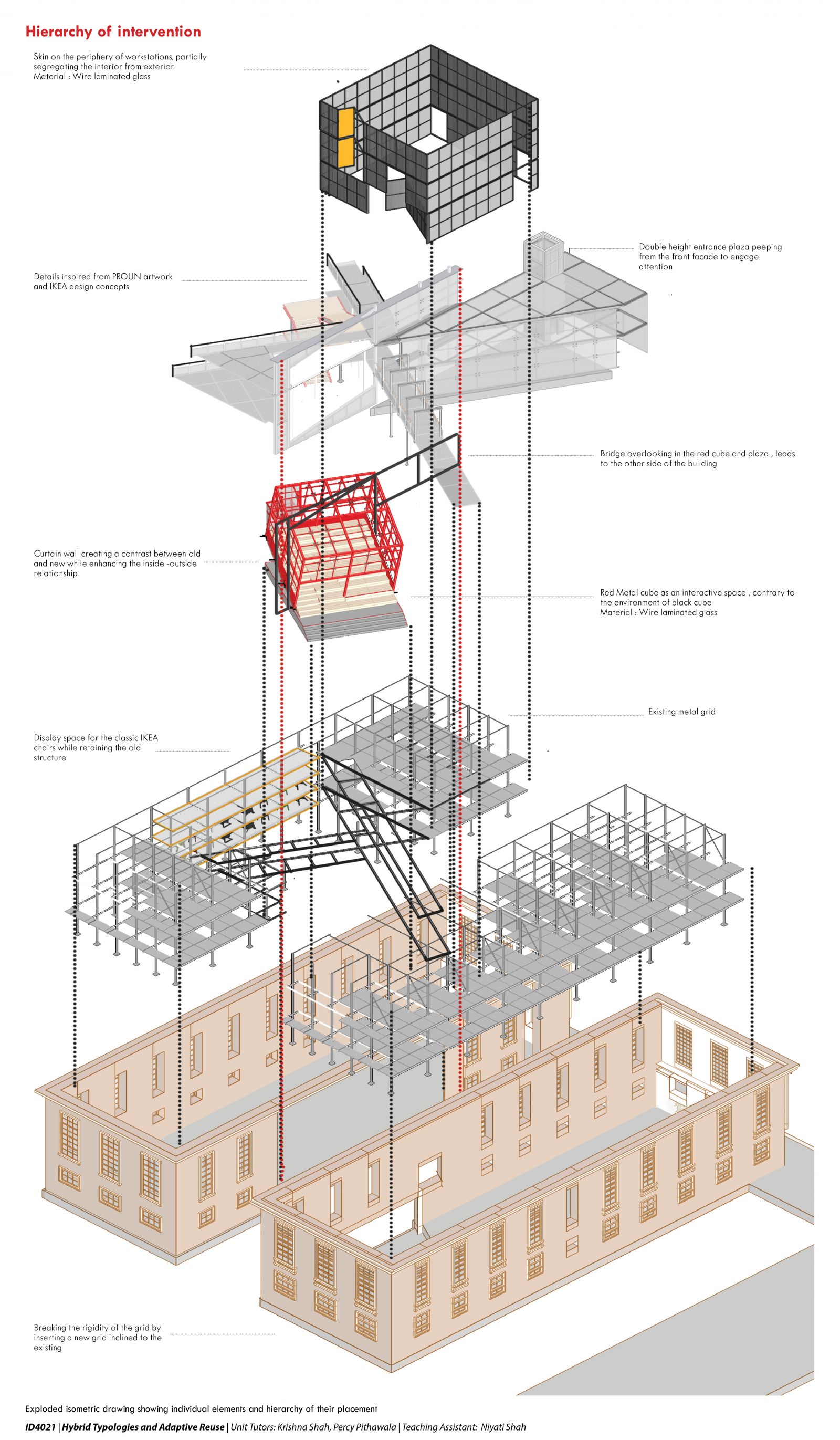Your browser is out-of-date!
For a richer surfing experience on our website, please update your browser. Update my browser now!
For a richer surfing experience on our website, please update your browser. Update my browser now!
"The purpose of architecture is to transmute the emptiness into space, that is into something which our minds can grasp as an organized unity." – El Lissitzky
IKEA experiments and designs with geometries and forms, composing them in different iterations to form multiple elements and spaces. Scaling up this idea to architectural and interior spaces, inspirations have been derived from the works of Russian suprematist, El Lissitzky and his PROUN spaces and paintings. Much like IKEA, Lissitzky believes that space is built for human beings, not human beings for space.
PROUN is a series of artworks forming compositions and interaction between geometrical forms in a space where Lissitzky establishes a connection between them to derive 3-dimensional spaces.
The entire site has been interpreted as a space where various forms come to interact with one another forming various kinds of spaces. The workstations are encompassed inside a black cube which houses the existing structure while bridges connect it to a tilted red cube which represents newness and togetherness. Another connection leads to a triple-height display system, displaying the classic chairs of IKEA. All spaces have been derived with reference to the existing system, complementing its character. Where the PROUN brings different geometries to interact, IKEA brings them together through a modular system of elements. As also quoted by IKEA - "The journey is as important as the destination.", one gets a new experience at every transition while following a constant set of elements.
